A Glimpse into the Heart of Singapore’s Daily Life
Singapore’s wet markets have long been a vibrant part of local culture. These bustling spaces are more than just places to buy fresh ingredients—they serve as social hubs where people connect, traditions continue, and the pulse of the city comes alive each morning. While supermarkets offer convenience, wet markets provide an experience steeped in authenticity, history, and community spirit.
Understanding what happens inside these markets reveals not just the way food is bought and sold, but also how Singaporean culture thrives in these spaces. The daily interactions, unique offerings, and lively atmosphere make wet markets a treasure worth exploring. Whether you are a long-time resident or a first-time visitor, stepping into a wet market provides a deeper connection to Singapore’s food heritage and community.
Early Morning Hustle
The day begins long before the sun rises. Vendors arrive at dawn to prepare their stalls, ensuring their produce is displayed at its freshest. Shoppers, mostly early risers, come prepared with their reusable bags, scanning for the best selections. Regular customers often have their go-to stalls where they exchange friendly banter with familiar sellers. The sense of community is strong, with vendors and customers greeting each other by name and engaging in light-hearted conversations.
The early hours offer the best deals. Prices tend to be lower, and the selection is at its peak. While some shopkeepers welcome bargaining, others prefer fixed pricing, especially for premium cuts of meat and seafood. This rhythm repeats daily, forming a cycle that keeps the markets alive. By mid-morning, the pace slows down, with vendors taking short breaks before preparing for the next day’s fresh stock.
A Diverse Selection of Fresh Goods
Singapore’s wet markets are known for their impressive variety of fresh food. Each section has its own charm, and wandering through the aisles feels like a journey through Singapore’s culinary landscape. The quality and variety available make these markets an essential stop for chefs, home cooks, and food enthusiasts alike.
Seafood and Meat Stalls
One of the busiest areas in any wet market is the seafood and meat section. Here, fishmongers showcase everything from live crabs and prawns to freshly cut fillets of snapper and grouper. Butchers display their meats on wooden blocks, slicing and preparing orders on the spot with expert precision. Customers can request specific cuts, ensuring they get exactly what they need for their recipes.
A unique aspect of these stalls is the live seafood tanks. Shoppers often pick live fish, which vendors expertly clean and prepare within minutes. The freshness is unmatched, making wet markets a preferred choice for home cooks and restaurant suppliers alike. The butchers and fishmongers also provide tips on how to prepare the ingredients, adding an educational component to the shopping experience.
Fruit and Vegetable Stalls
Colorful displays of tropical fruits and leafy greens fill another section of the market. From durians and rambutans to water spinach and bok choy, the variety reflects Singapore’s multicultural food scene. Many vendors specialize in organic and locally sourced produce, ensuring high-quality ingredients for everyday cooking. Seasonal fruits are especially popular, with vendors often recommending the best time to buy certain items.
Some sellers offer pre-cut vegetables or ready-to-cook soup packs, catering to busy customers. The ability to ask vendors for cooking tips or recipe suggestions adds a personal touch that supermarkets often lack. Regular shoppers often build relationships with these vendors, who may set aside the freshest picks for their loyal customers.
Spice and Dry Goods Vendors
Spice stalls bring a burst of aroma to the market. The scent of dried chilies, cinnamon, and star anise fills the air, reminding visitors of Singapore’s rich culinary heritage. Vendors sell ground spices, dried seafood, and preserved goods in small or bulk quantities, depending on the customer’s needs. The range of spices available reflects the diverse cuisines present in Singapore, from Malay and Chinese to Indian and Peranakan flavors.
Many families rely on these stalls for traditional ingredients that are hard to find elsewhere. Some vendors even create custom spice blends, tailored to specific cooking preferences. These vendors often have generational knowledge about different cooking techniques, offering recommendations that have been passed down through the years.
The Role of the Hawkers
While wet markets are primarily known for raw ingredients, many also have small food stalls selling freshly prepared dishes. These hawkers offer everything from steaming hot kaya toast to traditional kueh, making the market a popular breakfast stop for many visitors. The smell of freshly brewed kopi and frying dough fills the air, adding to the market’s lively atmosphere.
For those looking to enjoy a meal after their grocery run, these food stalls offer a delicious and affordable way to experience local flavors. Whether it’s a bowl of noodles or a plate of nasi lemak, the variety of options makes every visit enjoyable. Many of these stalls are run by families who have been serving the same recipes for generations, preserving the authenticity of Singaporean street food culture.
Community and Cultural Significance
Wet markets play a vital role beyond just commerce. They serve as cultural touchpoints where generations of Singaporeans gather to pass down traditions and knowledge.
- A Meeting Place for Locals: Elderly residents often meet friends here for their daily routines, exchanging news and stories over a cup of kopi. For many, these markets are a space of familiarity and connection, where social bonds are strengthened.
- A Learning Experience for Young Shoppers: Parents bring their children along, teaching them about different ingredients and their uses in local cuisine. It is not uncommon to see kids curiously asking about unfamiliar fruits or watching butchers skillfully prepare meat.
- A Link to Heritage: Many vendors have been operating for decades, with stalls passed down through generations, preserving traditional business practices. These family-run stalls are part of Singapore’s history, with stories that stretch back to the early days of trade and commerce.
These aspects contribute to the market’s charm, making it a cornerstone of Singaporean life. Despite changes in modern shopping habits, these markets continue to thrive as cultural landmarks.
Challenges and the Future of Wet Markets
While wet markets remain popular, they face challenges in a rapidly modernizing city. With the rise of supermarkets and online grocery shopping, younger generations are shifting away from traditional market visits. However, efforts to preserve and revitalize these spaces are underway.
Efforts to Modernize and Sustain
To keep up with changing times, some wet markets have introduced digital payment options, appealing to younger shoppers. Hygiene standards have also improved, with many markets undergoing renovations to enhance cleanliness and safety.
Several initiatives encourage people to rediscover these markets. Events like guided tours and cooking workshops aim to attract a wider audience, bridging the gap between tradition and modern convenience. Social media campaigns have also highlighted the unique experiences that wet markets offer, drawing attention to their importance in Singapore’s food culture.
Why Wet Markets Matter
Despite modern advancements, wet markets continue to hold a special place in Singapore’s culture. Their ability to offer fresh, high-quality ingredients, coupled with the warm interactions between vendors and shoppers, makes them irreplaceable. The authenticity, community spirit, and rich culinary heritage found in these markets make them more than just shopping destinations—they are living traditions that define Singaporean life.
Visiting a wet market isn’t just about buying food; it’s about experiencing the heartbeat of the city. The sights, sounds, and flavors found here offer a glimpse into Singapore’s past while shaping its future. Whether you’re a long-time resident or a curious visitor, stepping into a wet market is a sensory adventure worth taking.
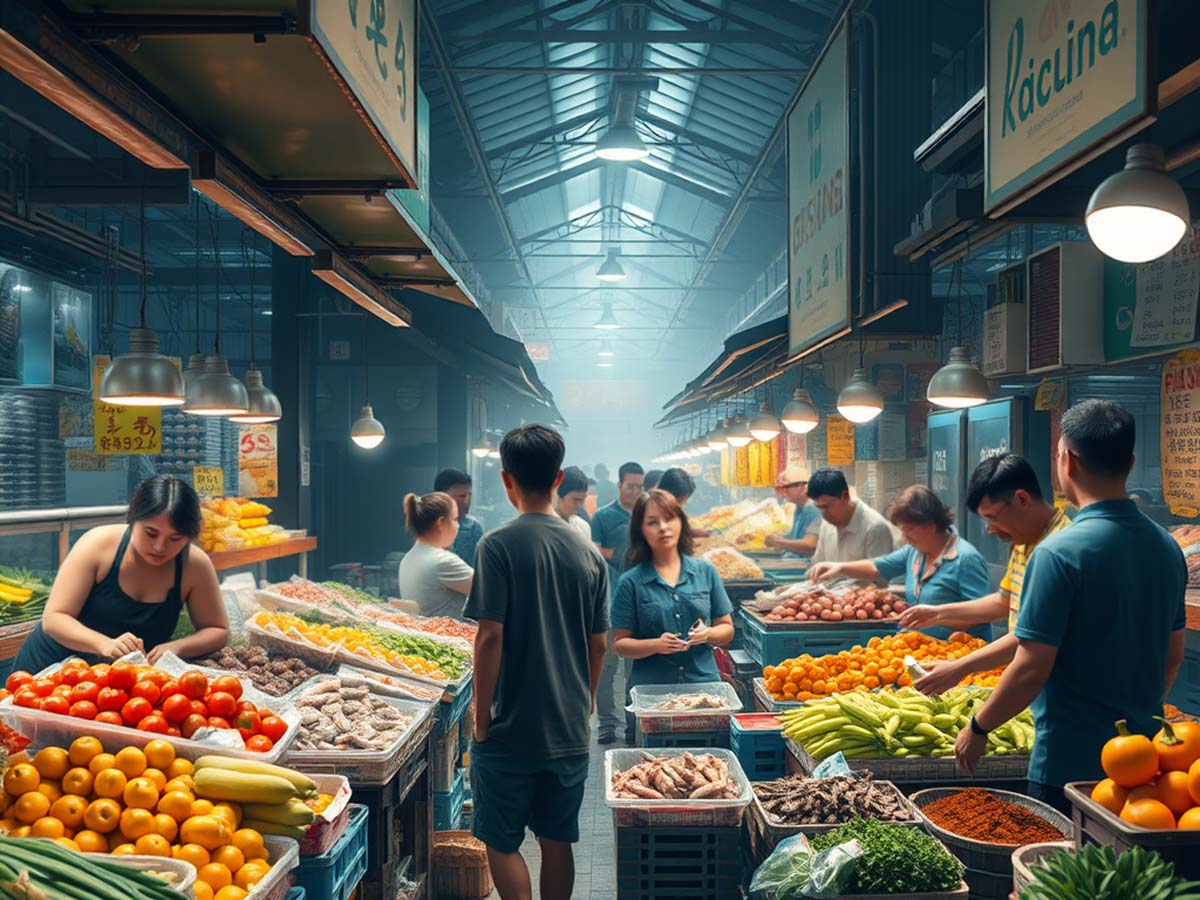





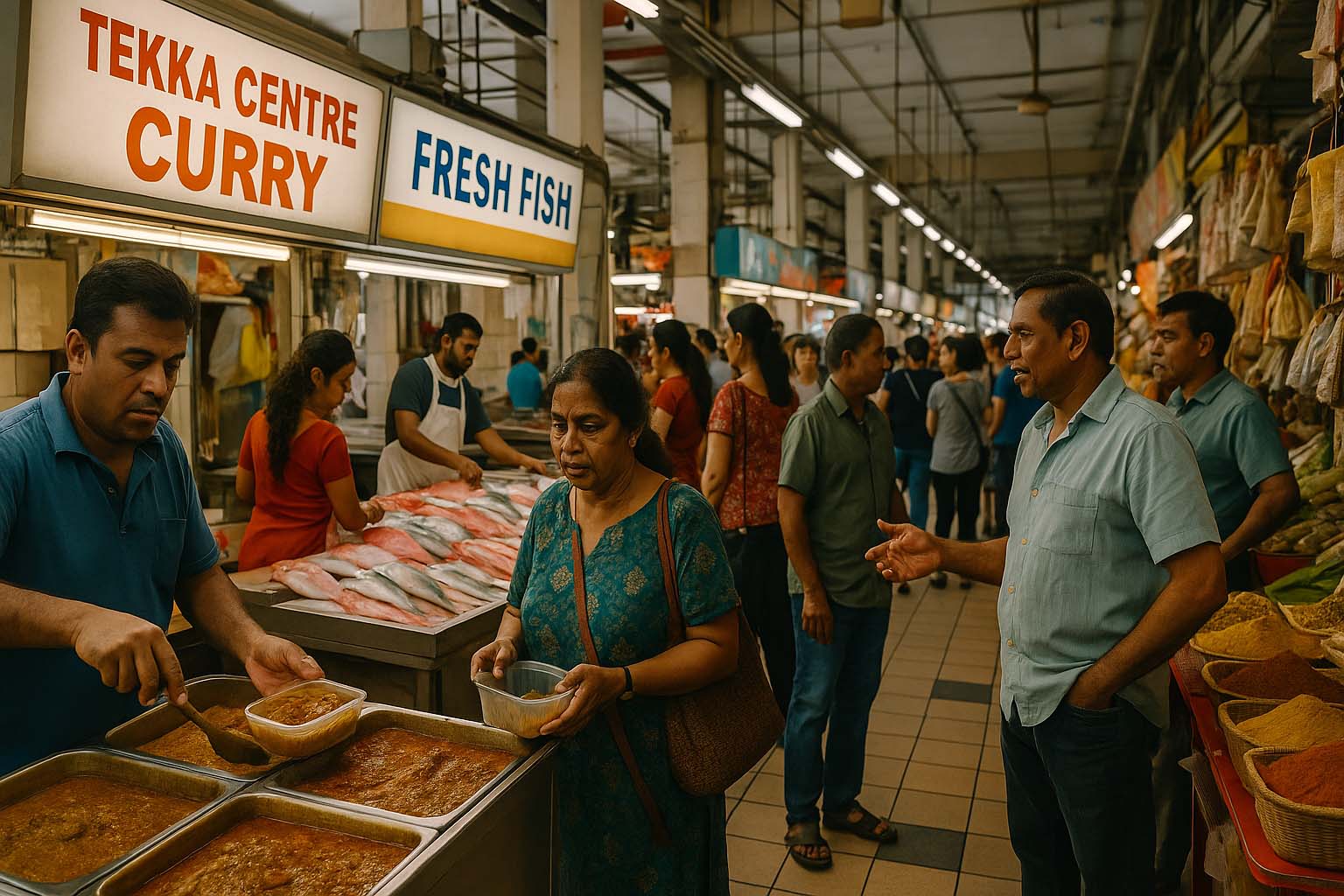
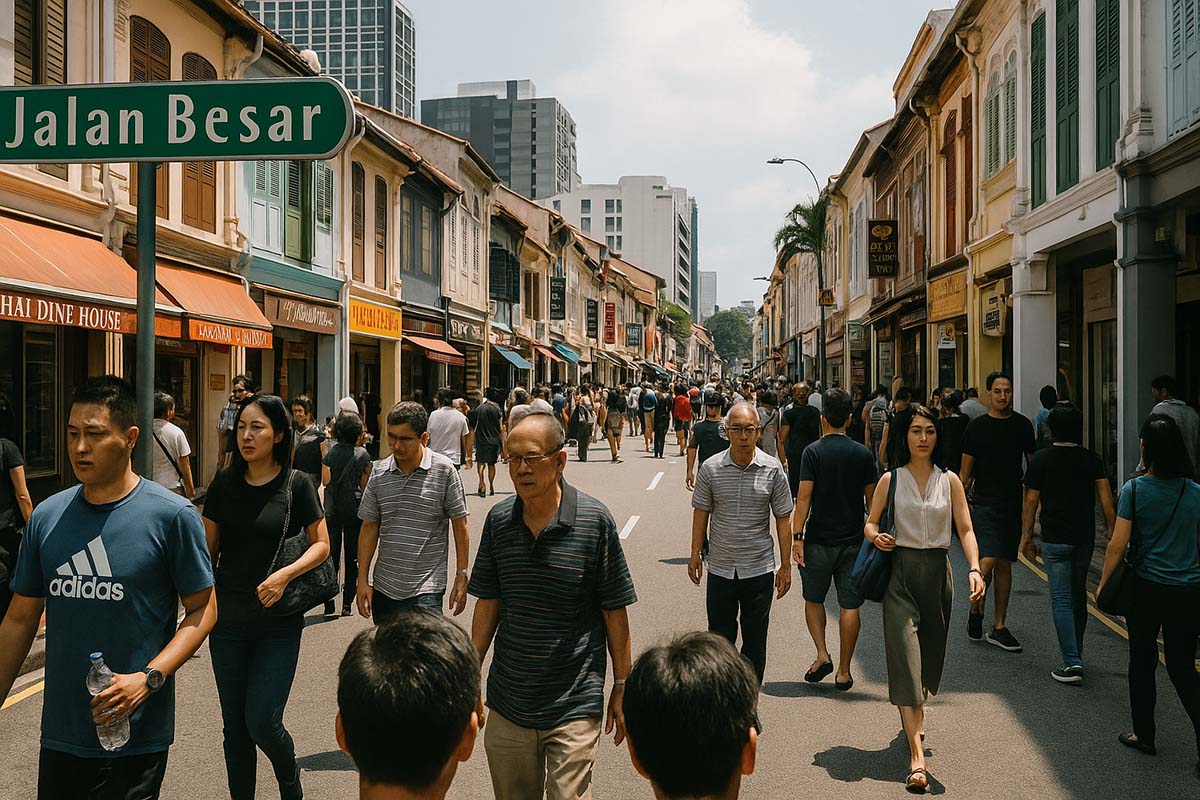
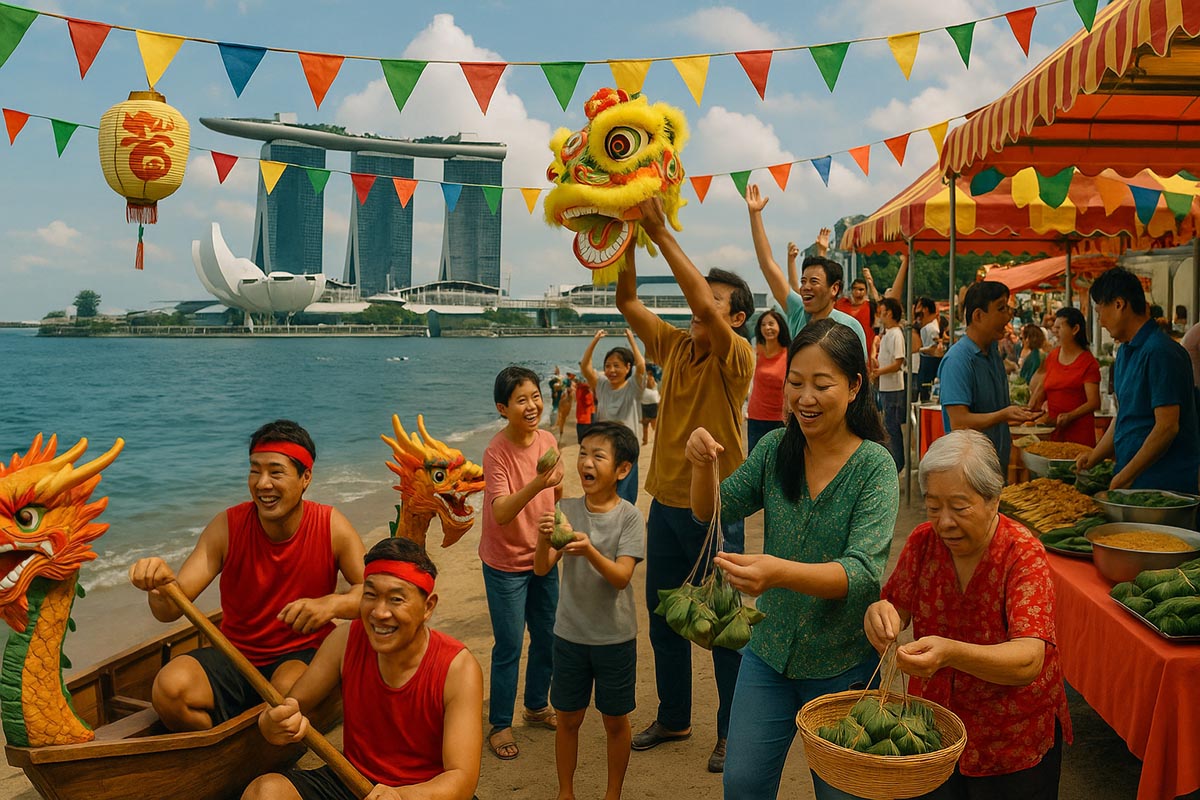
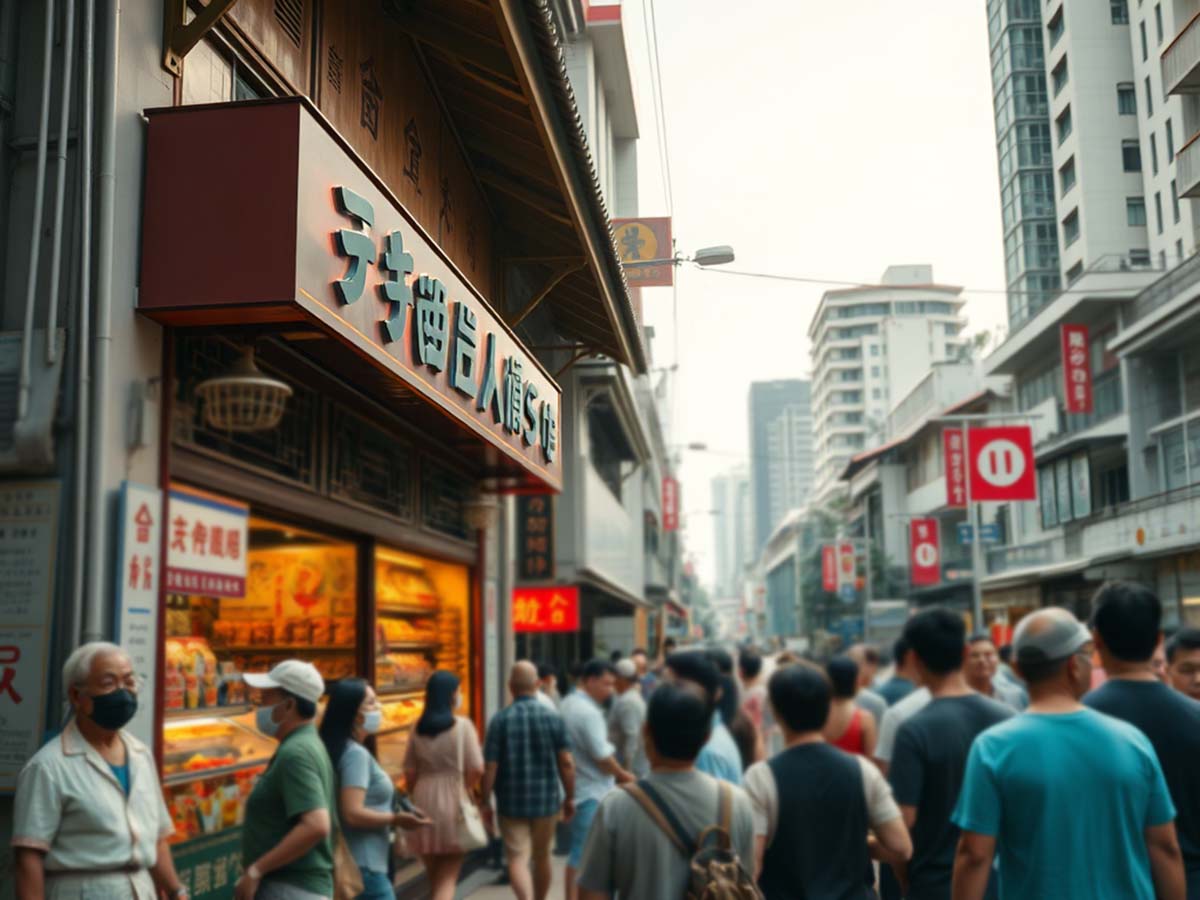





Leave a Reply